This article was co-authored by Adarsh Vijay Mudgil, MD. Dr. Adarsh Vijay Mudgil is a board certified Dermatologist, Dermatopathologist, and the Owner of Mudgil Dermatology, a state-of-the-art dermatology practice based in New York, New York. As one of the few dermatologists in the area to achieve board certification in both dermatology and dermatopathology, Dr. Mudgil specializes in all aspects of medical, surgical, and cosmetic dermatology. He received his Bachelor's degree with Phi Beta Kappa honors from Emory University and earned his Doctor of Medicine (MD) with Alpha Omega Alpha honors from the Stony Brook University School of Medicine. In medical school, Dr. Mudgil was among a handful of students nationwide to receive a coveted Howard Hughes Medical Institute Fellowship and Scholarship. He then completed his residency in dermatology at the Mount Sinai Medical Center in Manhattan, where he served as chief resident. Additionally, Dr. Mudgil went on to complete a fellowship at the prestigious Ackerman Academy of Dermatopathology. He is a fellow of the American Academy of Dermatology, the American Society for Dermatologic Surgery, and the American Society of Dermatopathology. Dr. Mudgil is also a member of the Mount Sinai School of Medicine teaching faculty.
There are 17 references cited in this article, which can be found at the bottom of the page.
This article has been viewed 2,839 times.
Scarring is an unfortunate and sometimes uncomfortable side effect of many surgeries and injuries. Luckily, most scars aren’t permanent, and there are several options to help speed up the healing process. In this article, we’ll go over the most effective professional treatments to soften and break up scar tissue. So, keep reading to discover how to minimize the pain and appearance of your scar (and improve the movement of the surrounding tissue).
Things You Should Know
- Before getting rid of scar tissue, contact your healthcare professional to determine the best treatment for you–don't attempt to break up scar tissue at home.
- Physical therapists perform different massages, from cross-friction to myofascial, to soften the scar tissue, reducing the pain of the injured site.
- To minimize the appearance of scar tissue, laser therapy and steroid injections are effective treatments.
Steps
References
- ↑ https://moffitt.org/media/1086/managing_your_scar.pdf
- ↑ https://tuality.org/wp-content/uploads/2019/01/Gentle_Massage_for_scar_tissue.pdf
- ↑ https://moffitt.org/media/1086/managing_your_scar.pdf
- ↑ https://tuality.org/wp-content/uploads/2019/01/Gentle_Massage_for_scar_tissue.pdf
- ↑ https://www.sciencedirect.com/science/article/abs/pii/S2468781217301480?via%3Dihub
- ↑ https://my.clevelandclinic.org/health/treatments/24011-myofascial-release-therapy
- ↑ https://my.clevelandclinic.org/health/treatments/24011-myofascial-release-therapy
- ↑ https://health.clevelandclinic.org/how-your-body-can-benefit-from-myofascial-release
- ↑ https://health.clevelandclinic.org/how-your-body-can-benefit-from-myofascial-release
- ↑ https://www.ncbi.nlm.nih.gov/pmc/articles/PMC5331993
- ↑ https://www.ncbi.nlm.nih.gov/pmc/articles/PMC5331993
- ↑ https://www.ncbi.nlm.nih.gov/pmc/articles/PMC5331993
- ↑ https://kinesiotaping.com/console/uploads/material_document/2005-14.pdf
- ↑ https://blog.logansportmemorial.org/how-exercise-can-speed-healing-after-surgery
- ↑ https://www.medstarhealth.org/blog/how-does-laser-therapy-work-for-scars
- ↑ https://www.hopkinsmedicine.org/health/conditions-and-diseases/scars
- ↑ https://www.stanfordchildrens.org/en/topic/default?id=scar-revision-85-P01135
- ↑ https://www.hopkinsmedicine.org/health/conditions-and-diseases/scars
- ↑ https://www.mayoclinic.org/medical-professionals/physical-medicine-rehabilitation/news/sports-medicine-practitioners-embrace-benefits-of-extracorporeal-shock-wave-therapy/mac-20454275
- ↑ https://www.ncbi.nlm.nih.gov/pmc/articles/PMC5796073
- ↑ https://www.mayoclinic.org/medical-professionals/physical-medicine-rehabilitation/news/the-evolving-use-of-extracorporeal-shock-wave-therapy-in-managing-musculoskeletal-and-neurological-diagnoses/mac-20527246
- ↑ https://nyulangone.org/conditions/scars-keloids/treatments/medical-treatment-for-scars-keloids
- ↑ https://www.chelwest.nhs.uk/your-visit/patient-leaflets/burns/silicone-gel-sheet
- ↑ https://moffitt.org/media/1086/managing_your_scar.pdf
- ↑ https://my.clevelandclinic.org/health/diseases/11030-scars
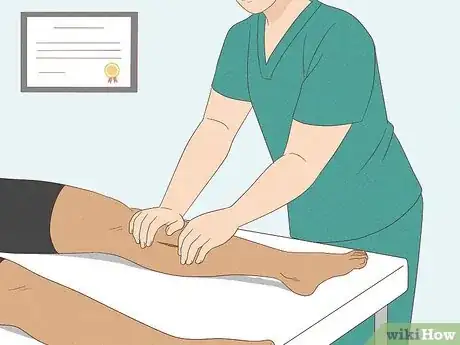
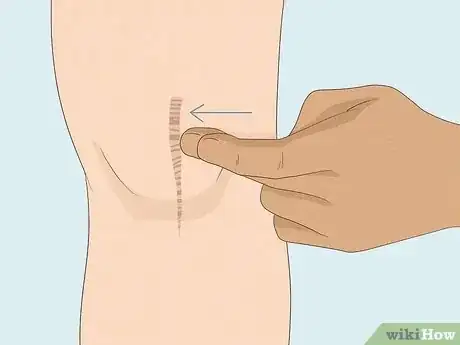
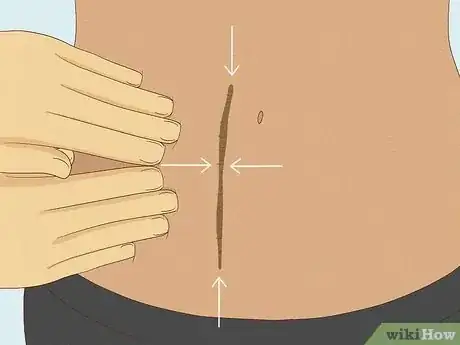
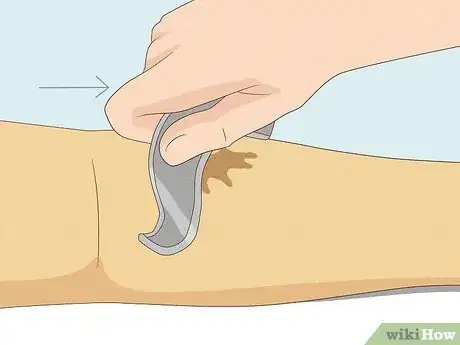

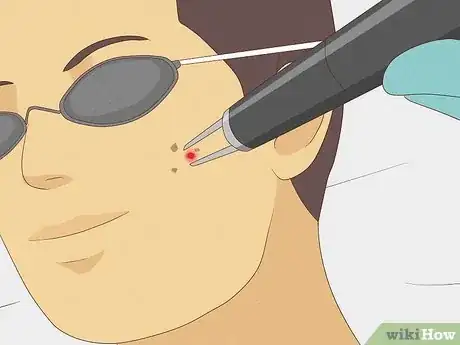
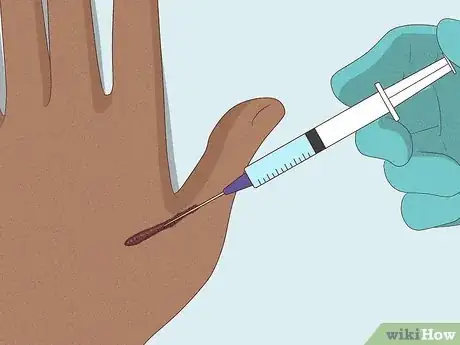
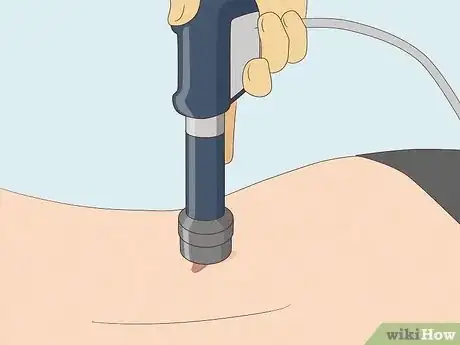
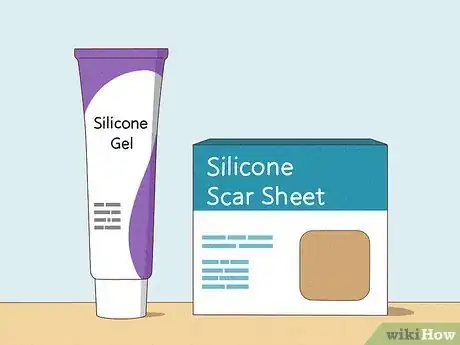
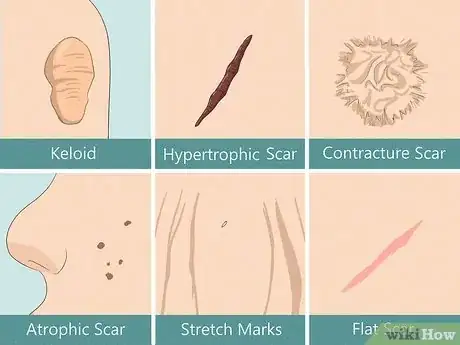
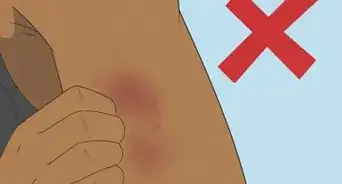


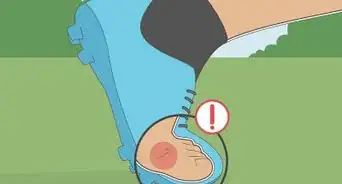
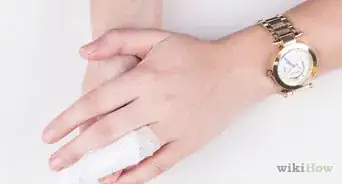
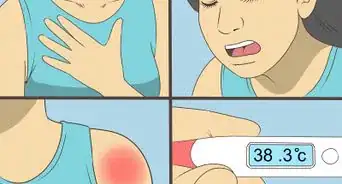
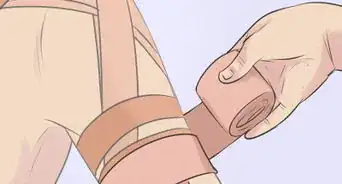

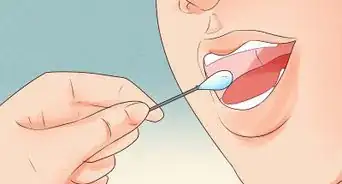










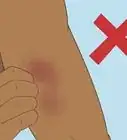


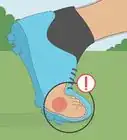



































Medical Disclaimer
The content of this article is not intended to be a substitute for professional medical advice, examination, diagnosis, or treatment. You should always contact your doctor or other qualified healthcare professional before starting, changing, or stopping any kind of health treatment.
Read More...